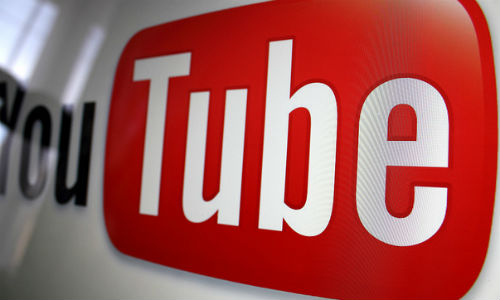For most people, posting a video of a dancing chihuahua or re-Tweeting a politician’s quote is part of life on social media. But there’s a small group of online content creators who know how to build huge followings and achieve extreme financial success. These web celebrities make money through advertisements, product endorsements, product sales and brand partnership. Here’s how four types of social media celebs monetize their popularity.
Fashion brand ambassadors
Successful fashion bloggers often receive compensation in exchange for promoting products—either through direct endorsements of via website links in their posts. WWD reports that a top fashion blogger can earn from $5,000 to $25,000 for a sponsored Instagram post. A product Tweet from a high-profile influencer can bring in $100. Other revenue streams include personal appearances fees, corporate collaborations such as modeling contracts and personal product lines. A 22-year-old style blogger from Sweden, Kristina Bazan is reported to have signed a seven-figure contract with L’Oréal, to serve as a brand ambassador. Bazan launched her fashion blog five years ago and has more than 2 million monthly views and 2.4 million followers on Instagram.
YouTubers
Many online celebrities would agree that the best way to maintain an audience is to keep them laughing. Forbes reports that half of the top-earning YouTube channels are comedy-related. Revenue is generated from advertisers, who pay according to the CPM (cost per 1,000 ad impressions). Lilly Singh, a YouTube comedian known by her fans as Superwoman, had more than 42 million views in the past month alone and is estimated to make $2 million yearly according to Social Blade, a YouTube stat monitor.
Lifestyle bloggers
Then there are the average people who focus on family or personal life and turn their experiences into book and product deals. Hyperbole and a Half is a popular personal blog created by Allie Brosh that receives millions of visits each month. The drawings and text explore Brosh’s childhood, her dog, and her struggle with anxiety and depression. Success led to a book deal; the resulting Simon & Schuster book made it to the top of the New York Times bestsellers list.
Travel Writers
Partnerships with travel bloggers are increasingly popular with brands that want to present themselves as an experience, not just a product. Clint Johnson, known as Trip Hackr to his fans, posts travel tips and tricks on Instagram, where he has 56,000 followers. Brands, tourism boards and airlines are reaching out to him for product promotion—via endorsements and contests—according to The Brand Agent. The Washington Post reports that travel blogger Zach Glassman, who traded commodities in Hong Kong before launching his travel site, has a diverse client base. Clients include Ford—which hired him to post photos of its new Mustang on his Instagram account—and the New Orleans tourism agency that paid him to blog about his time in the Big Easy.











